Askot Wildlife Sanctuary has its history as a majestic wildlife reserve located in the tableau of Kumaon, Uttarakhand, bordered by the snow-capped mountains hills of Panchachuli and Chipplakot. Standing at an elevation of 5412 feet, it is situated around 54 km from Pithoragarh. This sanctuary is drenched in rhododendron trees and is mainly known for its diversity and heritage. Dhauli and Ilki are the rivers that find their origin here, while the Gori Ganga River is also a prominent river flowing inside the boundaries of this sanctuary. Besides showing an appealing jungle safari adventure, this sanctuary is inhabited by a few remaining Van Rawats, an endangered tribe.
Askot Wildlife Sanctuary Location
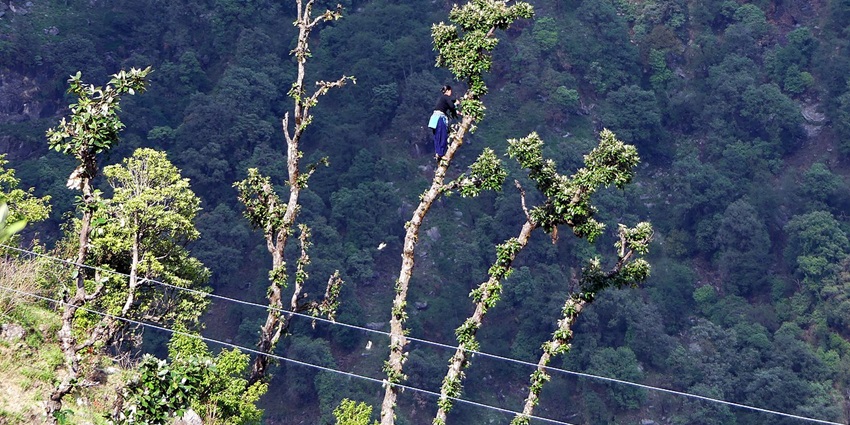
Photo: A. J. T. Johnsingh / Wikimedia Commons / Image For Representation Only
Askot Wildlife Sanctuary is approximately 54 kilometres from Pithoragarh in the Kumaon region of Uttarakhand, India. The breathtaking views of the surrounding Himalayan landscape can be seen from 5,4412 feet elevation above sea level.
Suggested Read: Places For Trekking In Nainital
How To Reach Askot Wildlife Sanctuary
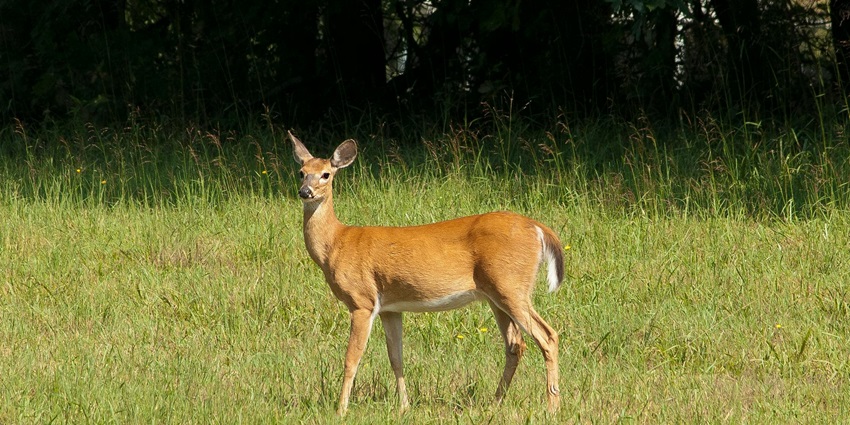
Photo: Jim Fawns / Pexels / Image For Representation Only
Three means of transport link large populations of cities with Askot Wildlife Sanctuary.
By Train: The closest railway station to Askot Wildlife Sanctuary is Kathgodam, located approximately 310 km from the sanctuary.
By Road: The sanctuary is located at a distance of 54 km from Pithoragarh district headquarters and is reachable by bus or car.
By Air: The nearest airport is Naini Saini Airport, which is about 97 km from Askot Wildlife Sanctuary.
Places To Visit Around Askot Wildlife Sanctuary
The region around the Askot Wildlife Sanctuary has unique features blending history, culture, and nature:
1. Pariyadeva Pashan
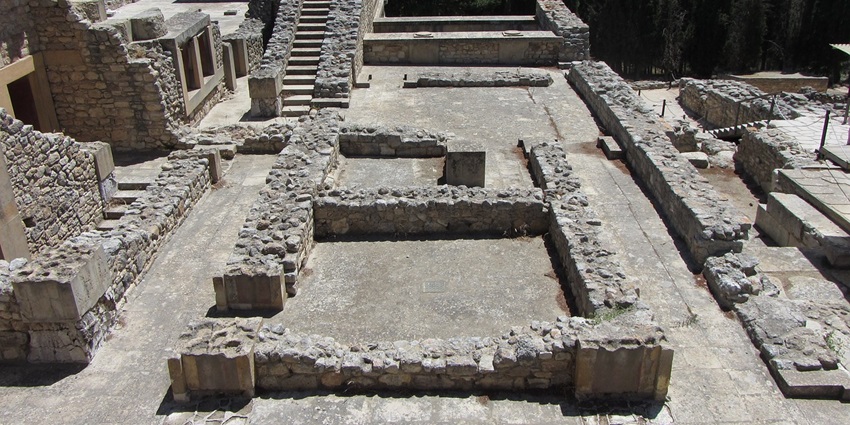
Photo: bigfoot / Pixabay / Image For Representation Only
Pariyadeva Pashan is an archaeological site situated in Binsar in Almora district. Settled in a picturesque location in the lap of the Himalayas, this place is noted for round stone structures whose origin has been traced back to the Megalithic period. Its abundant forests add to its beauty and breathtaking views of the Himalayas. Pariyadeva Pashan is also notable for a cup-marked stone claimed to have been used in astronomical observations by the early civilizations.
Timing: Sunrise to Sunset
Entry Fee: ₹150
Duration: 1-2 hours
Suggested Read: Subir Raha Oil Museum
2. Nanda Devi Temple
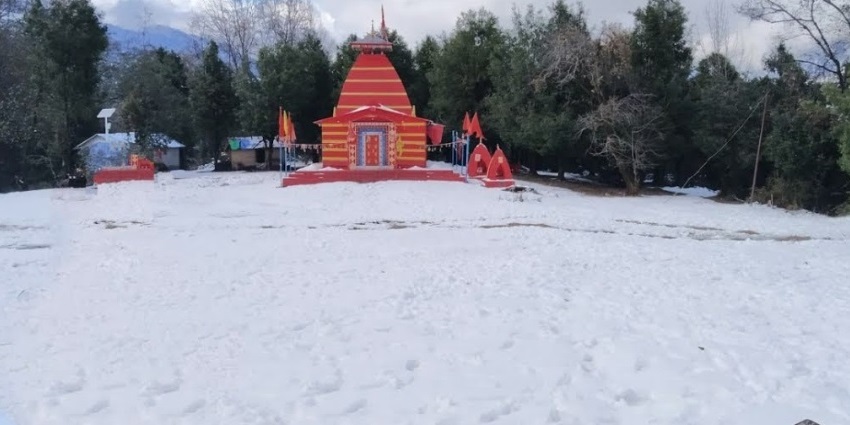
Photo: Anant Jamloki / Wikimedia Commons / Image For Representation Only
About 45 km from Askot, Nanda Devi Temple in Almora draws excellent religious significance to its devotees. This sacred temple is lovingly built upon the goddess of Nanda Devi, the patron goddess of the expedition Kumaon region. It is clear in the hustle and bustle of the Nanda Devi Bazaar as it houses beautiful, remarkable woodwork. The temple was built in the Kumaoni architecture style, with the main sanctum under a tall roof and intricately wood-carved doors. The temple acts as a religious place and a viewing spot with great views of the mountains.
Location: 45 km from Askot
Timing: 6 AM – 8 PM
3. Dandeshwar Temple

Photo: Mrigank Verma / Wikimedia Commons
Dandeshwar Temple, which is a part of the Jageshwar Temple complex, is located in Jageshwar Valley, Almora district. It is one of the oldest temples dedicated to Lord Shiva and is regarded as superior in size to the other 124 stone temples of the complex. It has been constructed in Nagara style, a sub-school of Hindu temple architecture in India characterized by a curvilinear tower. The Dandeshwar Temple, which is surrounded by dense deodar forest, has a peaceful atmosphere, which further adds to its religious importance.
Duration: 1-2 hours
Timing: 5 AM – 9 PM
Suggested Read: Famous Street Food In Nainital For A Delicious Culinary Experience
4. Bhalu Gaad Waterfall
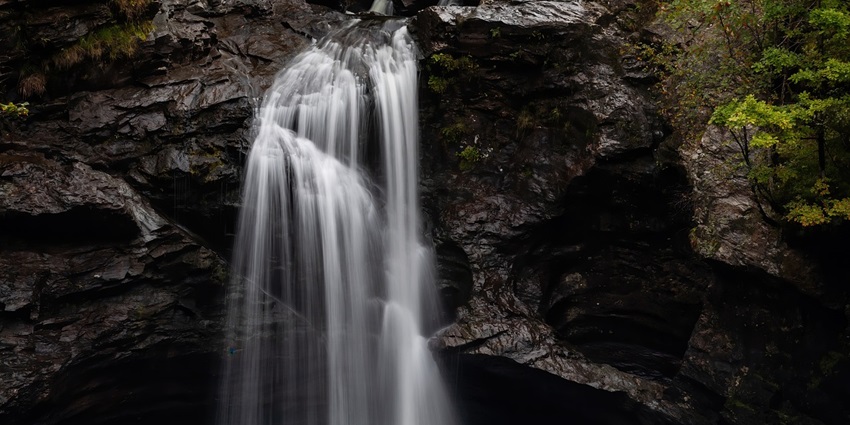
Photo: JonPauling / Pixabay / Image For Representation Only
Bhalu Gaad Waterfall is located near Mukteshwar in the Kumaon Hills and is relatively unknown and less frequented, providing beautiful scenery that is away from the noise. The Fall’s name means ‘Bear’s Stream’, which can be reached after a journey through rhododendron trees for half an hour. On the way, the scenery of the mountains makes the journey worth taking. The falls create a beautiful, deep, natural pond, mesmerising the site. The waterfall is ideal for relaxing, providing peace, nature walks and photographic opportunities.
Timing: 8 AM – 5 PM
Duration: 2-3 hours
5. Katarmal Sun Temple
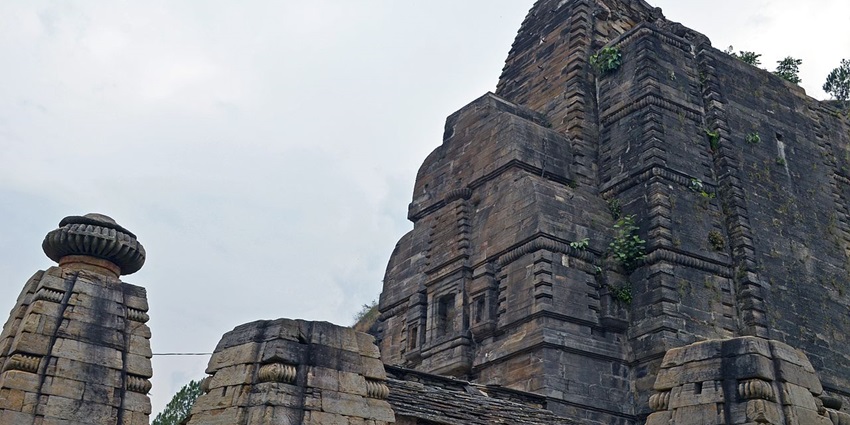
Photo: Debuwiki / Wikimedia Commons / Image For Representation Only
Now it’s time to take a round in the sun at the Katarmal Sun Temple, which is located in Almora and is a fantastic work of ancient architecture. This temple is exclusively 800 years old and is dedicated to the God of the Sun. It is 2,116 meters above sea level. There is a major temple plus 45 smaller temples, and smaller temples have intricately decorated stone sculptures on them, with smaller temples embedded inside the 2 main parts. The sun god, also called Burhadita or Buddhaditya, used to wear a gold crown. Beautiful Kumaon Hills surround the temple and give a picturesque view.
Timing: 6 AM – 6 PM
Suggested Read: Explore The Most Popular Places Near Dehradun For Weekend Adventures
Where To Stay

Photo: Engin_Akyurt / Pixabay / Image For Representation Only
The options nearest to Askot include government guest houses, an eco-lodge, and private hotels in Pithoragarh. For example, Musk Deer Lodge Askot offers conditions conducive to uncomplicated living with amenities and tour guides to the area.
Where To Eat

Photo: timokefoto / Pixabay / Image For Representation Only
Within the vicinity of the sanctuary, visitors will discover small hotels and dhabas serving native cuisines from the Kumaoni region. There are good options in Pithoragarh serving Ugadi’s finest fare of aloo ke Gutke, bhatt ki churkani, and fresh trout, besides Indian cuisine.
Suggested Read: Top Places For Luxury Camping In Shivpuri
Best Time To Visit
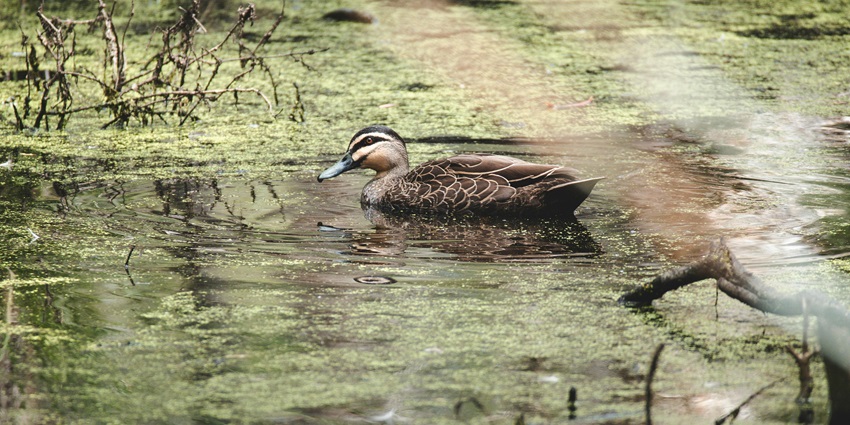
Photo: Wild Shots By Irina / Pexels / Image For Representation Only
The ideal times of the year to visit the Askot Wildlife Sanctuary are from mid-March to June and from September to the end of November. The temperature during these months is fairly moderate, thus making them perfect for outdoor activities like wildlife and animal watching. It is advisable to stay away during the monsoon season as there are possibilities of torrential downpours and blockages of the roads.
Other Factors To Consider
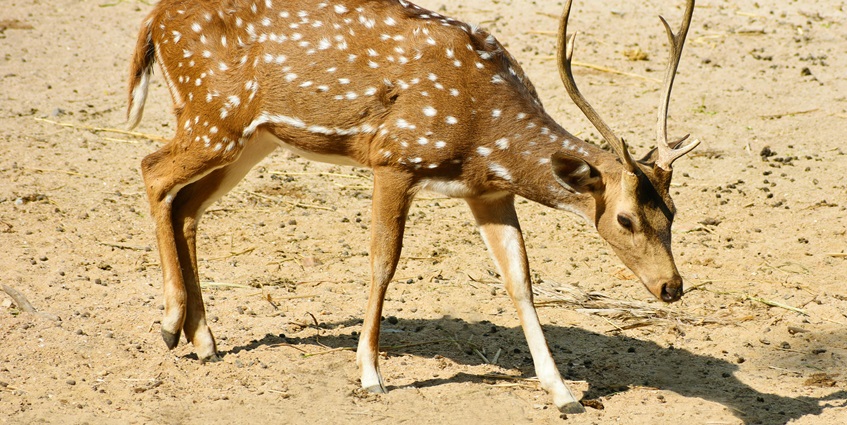
Photo: Lakshmikanth k / Pexels / Image For Representation Only
Average Cost: A trip to Askot Wildlife Sanctuary, which comprises the cost of transport, lodging and meals, should easily cost a person about 5,000-10,000 Indian rupees.
Tips For The Travellers:
- Cold conditions might manifest out of the blue, so as much as practical, warm clothes ought to be carried always.
- During the high season, make a reservation for your stay to avoid disappointment.
- To better apprehend the sanctuary’s biodiversity, engage a local guide.
Suggested Read: Picnic Places In Dehradun For A Memorable Day Out
Askot Wildlife Sanctuary is adorned with rich wildlife, scenic beauty, and a cultural heritage of Uttarakhand. It witnesses the perfect audience ready to embrace nature and exquisite wildlife. With its wide variety of vegetation and wildlife, the breathtaking views and even the historical places located nearby, the sanctuary guarantees an epic experience. Contact TripXL to help you plan your trip so that you do not have to worry about anything throughout your expedition to this beautiful wilderness of Askot Wildlife Sanctuary. Place your order with TripXL now and look for Uttarakhand’s numerous treasures.
Cover Photo: Pixabay / Pexels / Image For Representation Only


 WhatsApp
WhatsApp
 Twitter
Twitter









